30 Oldest Animals on Earth
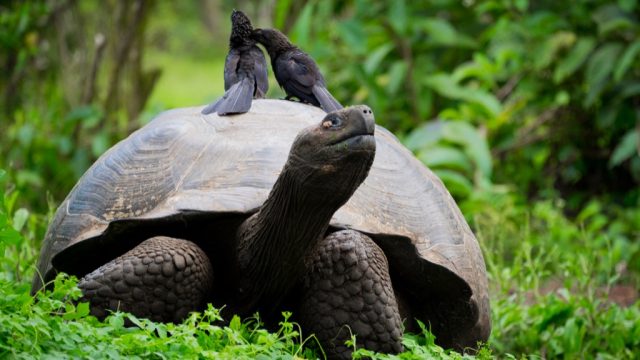
Earth, over its 4.5-billion-year history, has gone through five major extinctions. You’ve likely learned of at least one: The Crustaceous Extinction, the fifth and most recent (relatively speaking) event, which wiped out more than half of life on earth, including the dinosaurs. And yet, despite such biological tumult, some species have proven particularly adept at weathering anything the world throws—not just the Crustaceous Extinction (65 million years ago), but the Triassic Extinction (210 million) and the Permian Extinction (250 million), too.
That’s right, there are creatures on Earth that make the existence of humans (44,000 years) little more than a comparative blip on the timeline of the planet’s eukaryotic history. In fact, paleontologists and geologists have gone so far to coin the term “living fossils,” which is fitting in its pointed accuracy: Like fossils, they were here long before us—and they’ll be here long after we leave, too. And for more fascinating facts from the animal kingdom, don’t miss the 23 Smallest Animals on the Planet.
1
Sandhill Crane
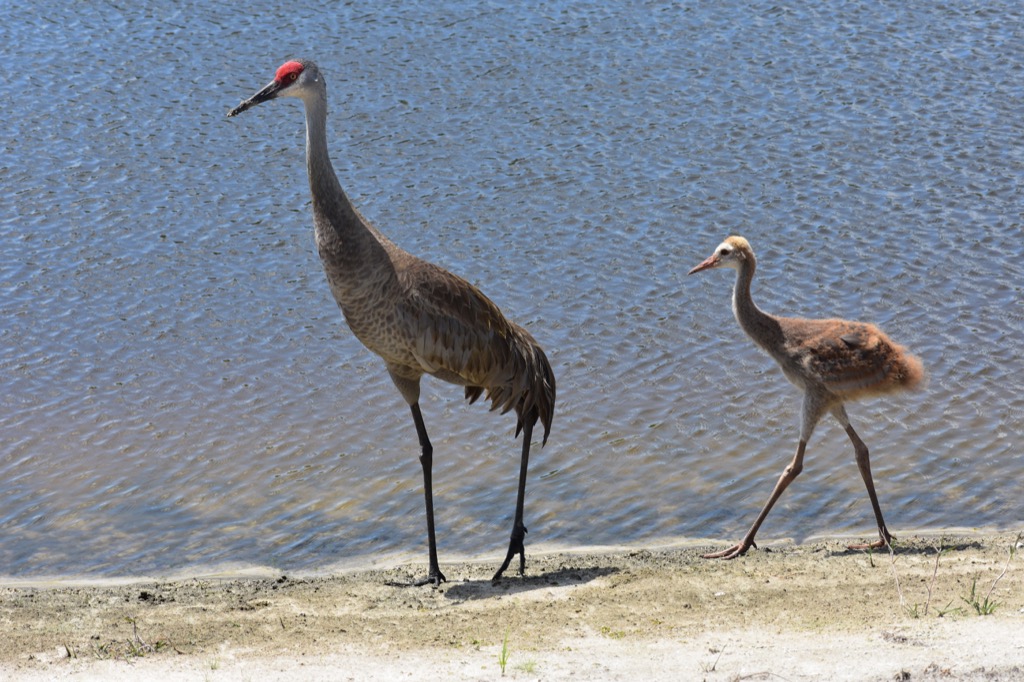
Scientists with the Nature Convervancy estimate that the elegant sandhill crane can be traced back to existing as many 10 million years ago. To put that in perspective, the majority of today’s bird species are only thought to have been around for about 1.8 million years. These freshwater-frequenting birds are one of the relatively few types of animals who mate for life, after performing an elaborate mating dance complete with leaping and head-bobbing.
2
Lice
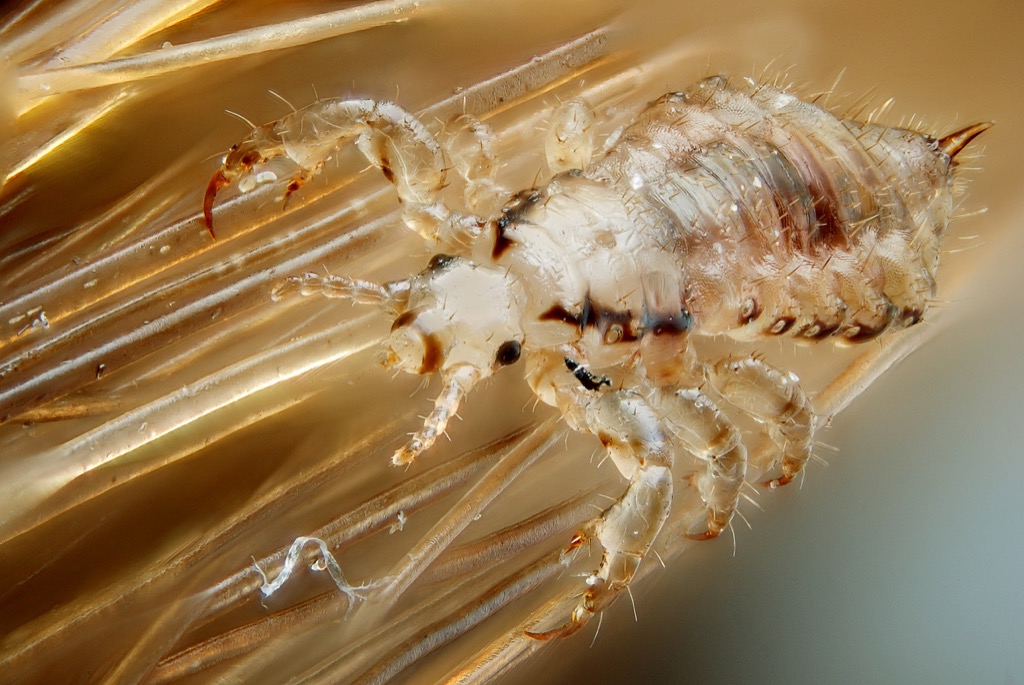
Cue the terrible childhood memories of your mother slathering peanut butter, mayonnaise, or some other sticky substance all over your hair in a desperate attempt to get rid of those pesky nits. Apparently, the human race has been plagued by lice for as long as we can remember; scientists from the Florida Museum of Natural History estimate that the wingless, parasitic insects have been around, in some form or another, for 20 million years. And for more intriguing animal trivia, don’t miss these 50 Amazing Animal Facts.
3
Purple Frog
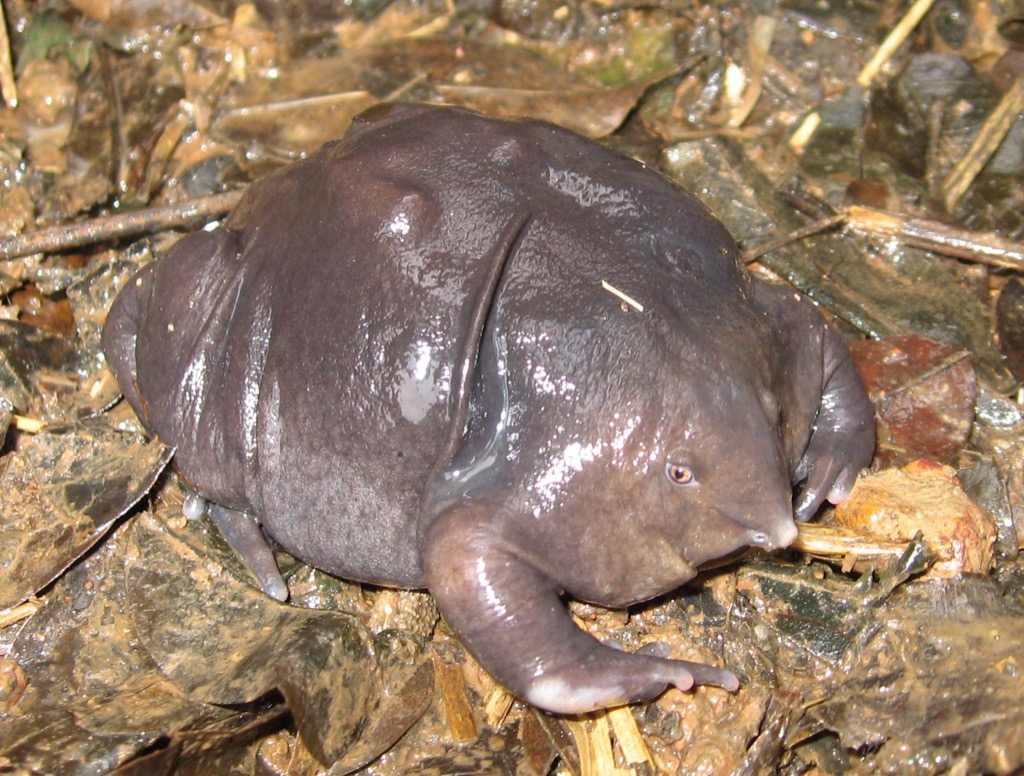
Alternatively known as the pignose frog, this portly amphibian is quite unique, and not just because of its rotund shape and odd mauve hue. It’s estimated that the subterranean-dwelling purple frog, which was first dug up in India in 2003, evolved at least 50 million years prior to any other frogs in the country.
4
Echidna
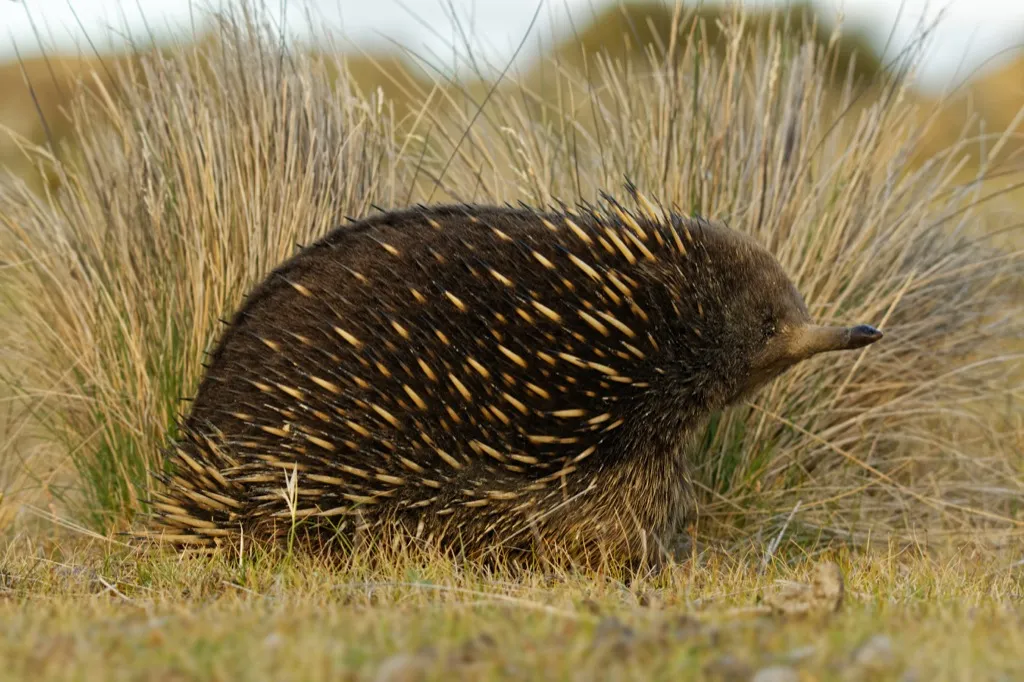
Distantly related to the platypus, the spiny yet adorable echidna is another Australian native that is one of the few mammals to lay eggs. (Another fact that makes these guys adorable: baby echidnas are called “puggles.” Take that, puppies and kittens.) Echidnas have been thought to have existed for 50 million-odd years, and were named after Echidna, a Greek mythological figure known as the “mother of monsters.” If that title didn’t convince you, no, this Greek myth version—a nefarious serpentine woman—is not nearly as cute as the real animal.
5
Crocodile
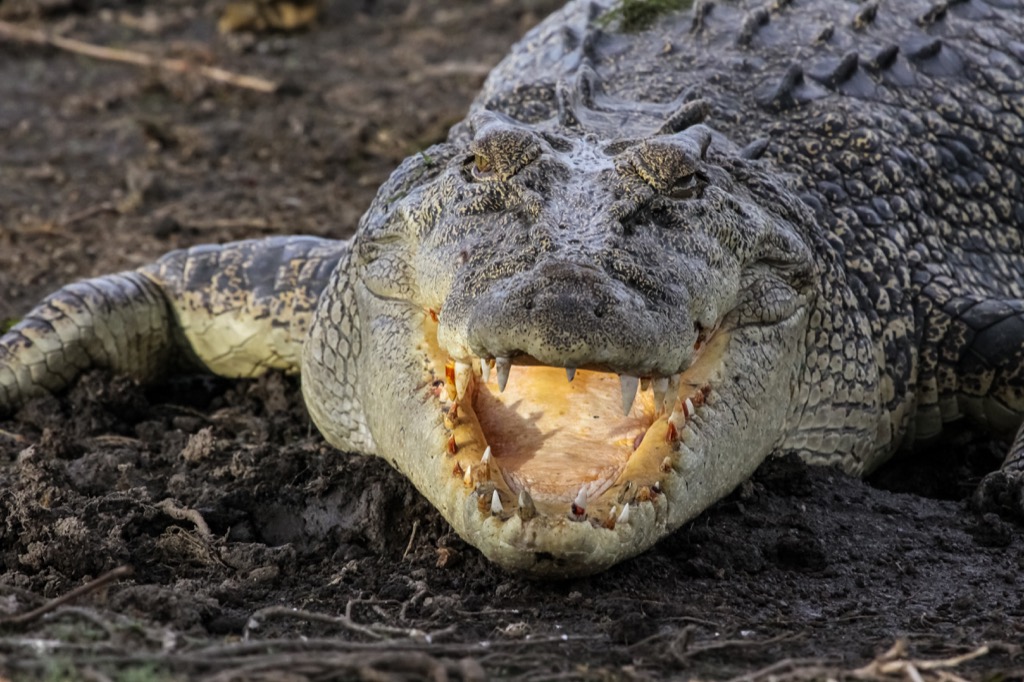
A clever carnivore, the crocodile has many adaptations that have equipped it to last on Earth for 55 million years, including a valve that allows the reptile to open its jaws underwater—the better to eat prey with. And yes, the crocodile is different from the alligator—gators have wider snout, and live in freshwater environments, while crocs have U-shaped snouts and live in saltwater. And to find out which state is home to the only location where crocodiles and alligators coexist, don’t miss The Craziest Fact About Every U.S. State.
6
Cow Shark
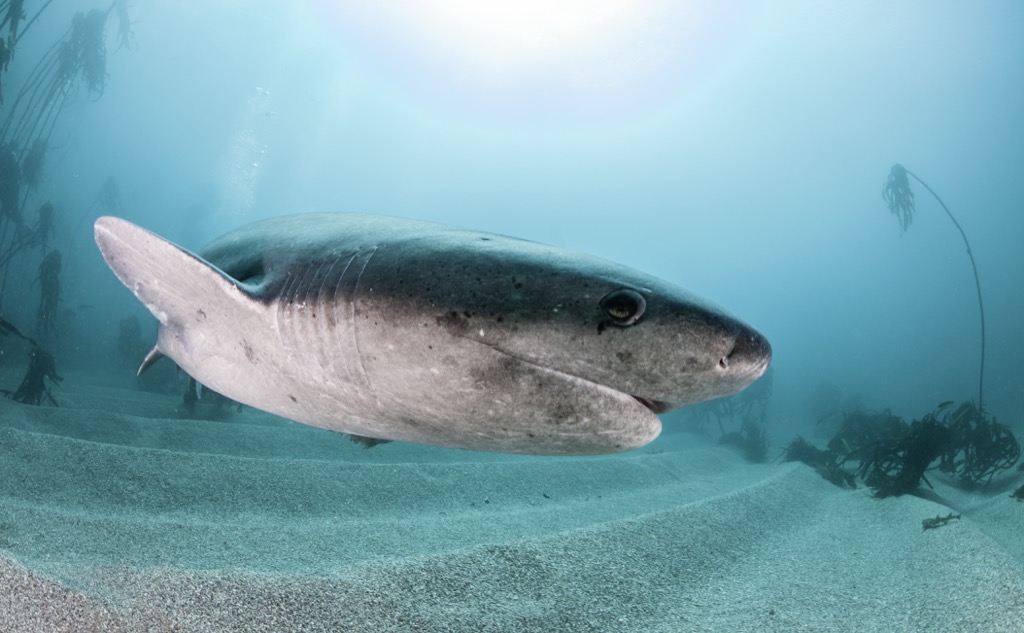
Despite the “cow,” we wouldn’t suggest trying to milk this guy. Sometimes also called sixgill sharks (most sharks only have five gills, so it’s an attributive-worthy anomaly), these animals are among the most primitive of the ocean’s sharks, thought to be at least 60 million years old. Not very much is known about these creatures, as they usually prefer to lurk much deeper in the ocean than most divers care to venture.
7
Giant Freshwater Stingray
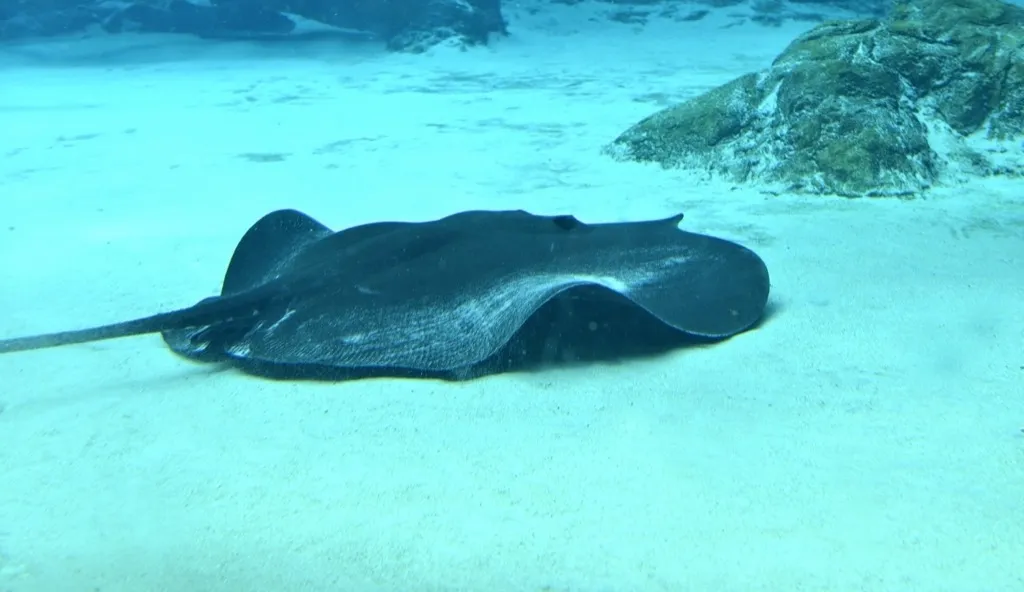
Unlike its ocean-surfing peers, this terrifyingly gargantuan specimen lives in freshwater only, making an occasional appearance in Thailand, New Guinea, and Australia’s rivers. These rays, which can grow to weigh more than 1,300 pounds, are thought to be at least 60 million years old, but as reported by National Geographic, scant concrete information is known about them.
8
Frilled Shark
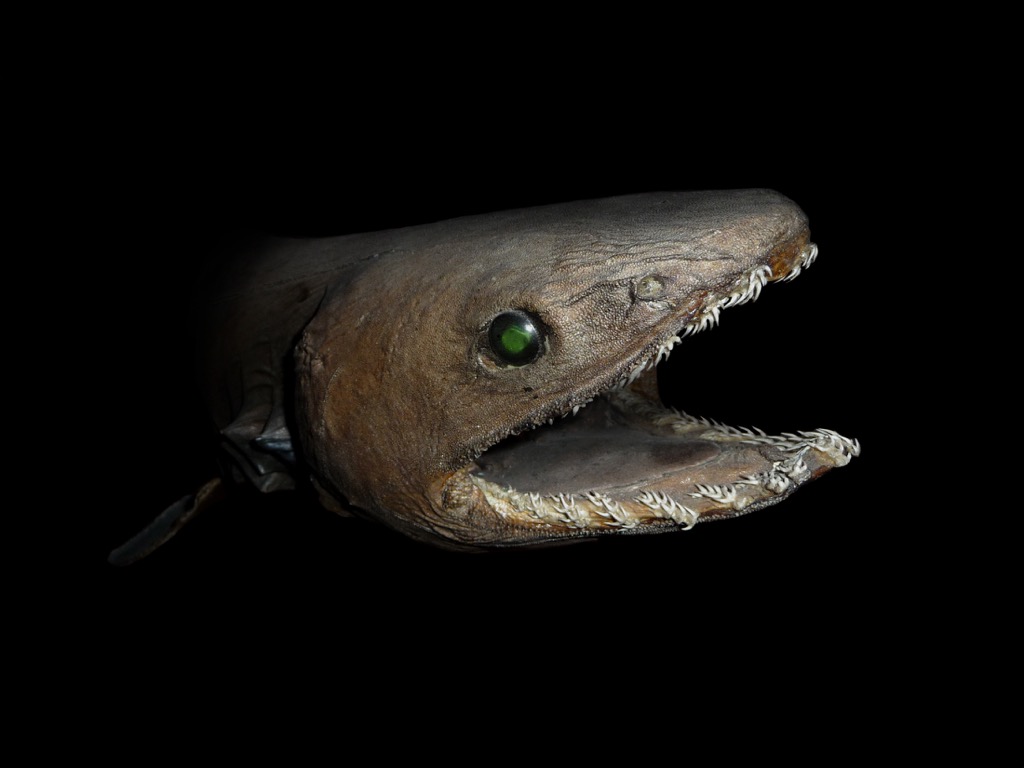
This shark’s flounces and frills aren’t nearly as pretty as you would think. The “frilled” part of its name is actually in reference to its gills, which are each tinged in a bright red “fringe.” With 300 trident-shaped teeth, these serpent-like sharks are nothing short of frightening—and they’ve been gliding through the ocean’s depths for at least 95 million years.
9
Bee
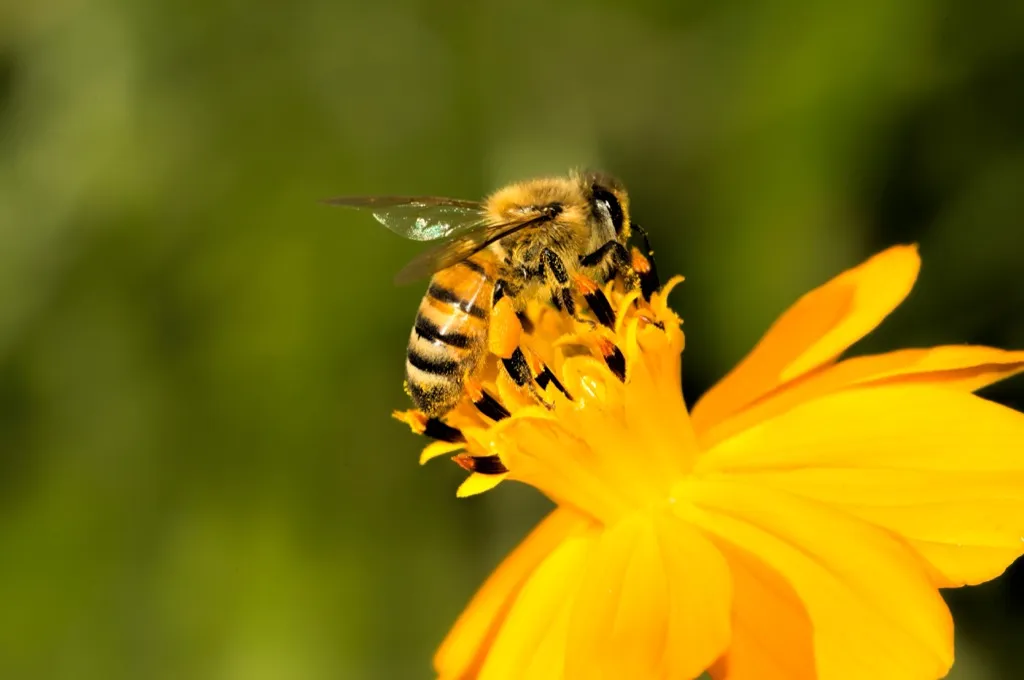
The earliest ancestors of today’s bees are thought to have begun buzzing nearly 100 million years ago. Today, there are more than 16,000 species of bees, and scientists can’t quite agree which one of them came first. According to the Bee Improvement and Bee Breeder’s Association, today’s honeybees, specifically, evolved from a primitive form of hunting wasp that decided to make the dietary switch from chowing down on other insects to dining on nectar.
10
Duck-billed Platypus

The platypus—a duck-billed, webbed-foot, egg-laying, all-around odd creature—is one of the world’s most curious animals; it’s one of the rare mammals to lay eggs rather than giving birth to live young. Platypuses (the technically correct plural term, by the way) are thought to be 110 million years old, easily making them the oldest of Australia’s mammals.
11
Green Sea Turtle
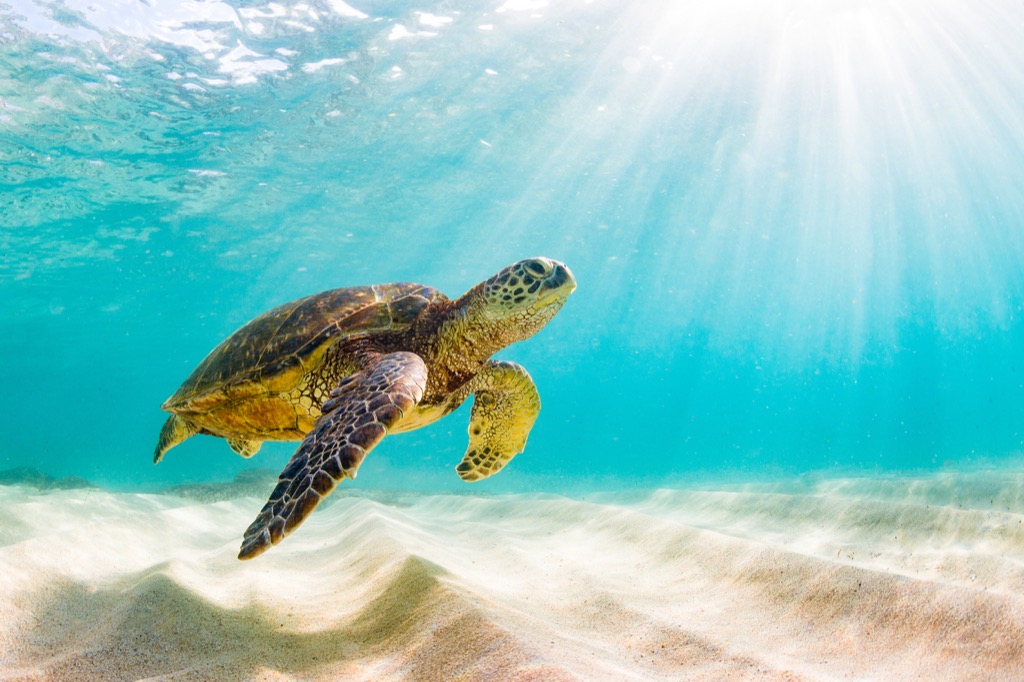
Similar to its close cousin, the tortoise, green sea turtles have likely been around since the age of the dinosaurs, or about 110 million years. Preferring to rove in warmer waters, sea turtles spend the majority of their time in the ocean, as one might expect—but females always lay their eggs on land. Once the baby turtles hatch, they crawl their way back toward the ocean, starting the cycle all over again.
12
Martialis Huereka
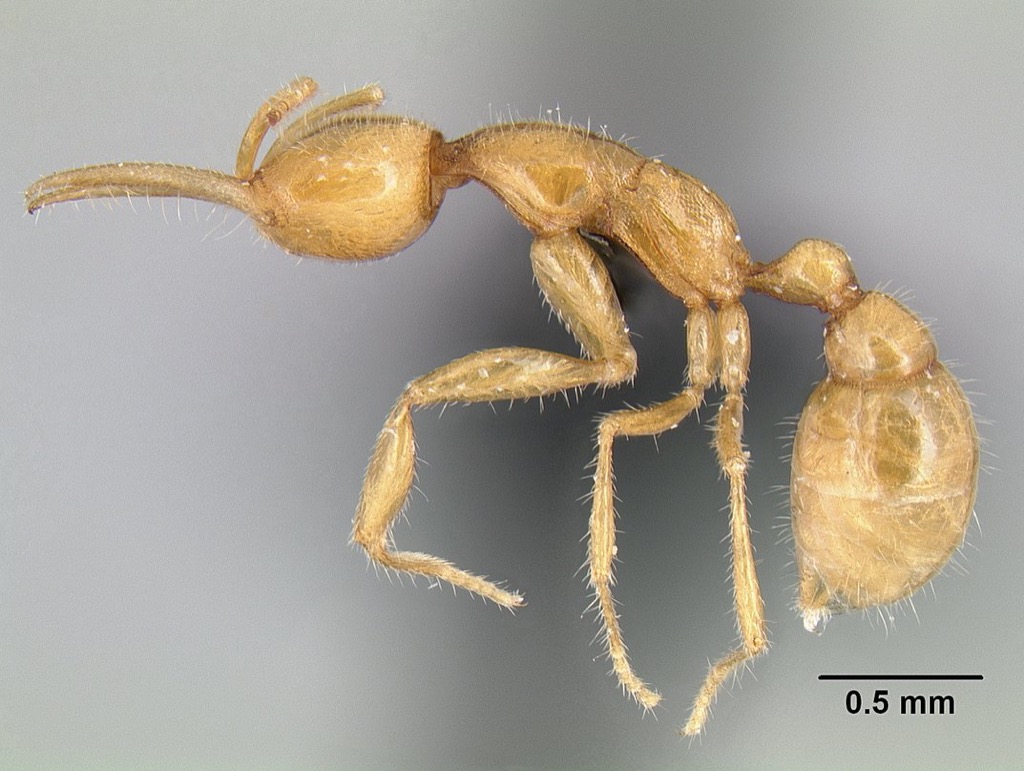
Say that three times, fast. When an evolutionary biologist discovered this variation of ant in the Amazon rainforest in 2008, he postulated that these were one of the earliest descendants of the world’s very first ants, making the species almost 120 million years old. The biologist called them Martialis huereka, or “ants from Mars,” in tribute to their bizarre set of characteristics (soil-dwelling, blind, and large mandibles) that aren’t replicated in any other ants.
13
Goblin Shark
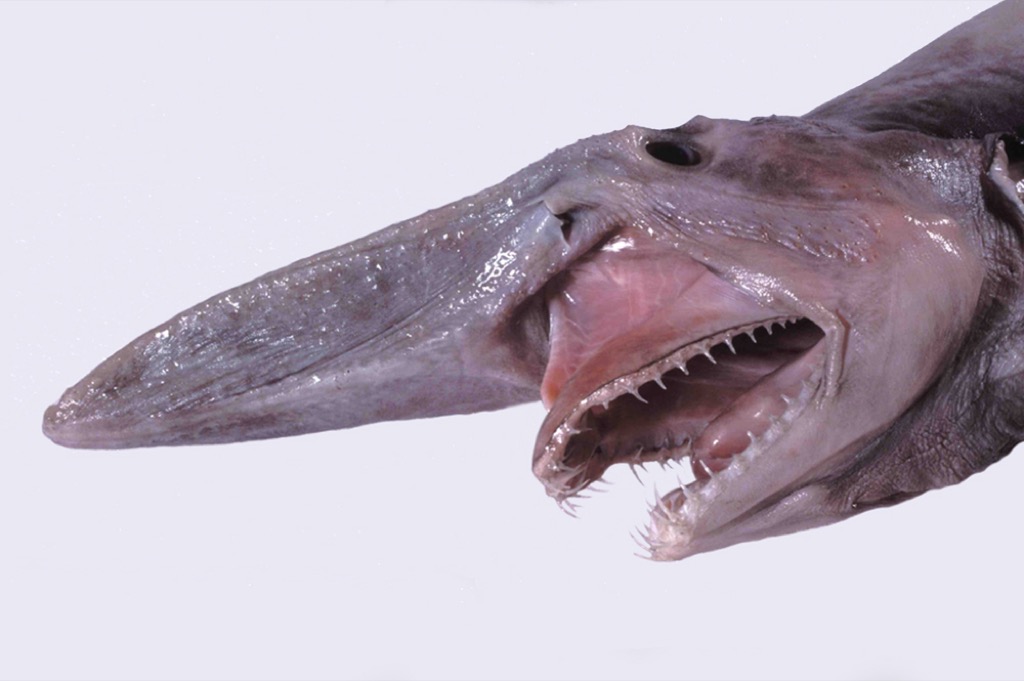
Sharks are admittedly scary, but what about a shark that can thrust its jaw inches out of its mouth to get the added edge and snap up its prey? We have to say the goblin shark might be in a league of frightening all its own. Goblin sharks, which hail from the prehistoric era, about 125 million years ago, were first discovered off the coast of Japan. The shark was named for its long snout’s resemblance to mythical demon-like creatures of Japanese folklore—translating to “goblin shark” or, on occasion, “elfin shark” in English. And if you find yourself face-to-face with one of these guys, Experts Say This Is What to Do if You’re Attacked by a Shark.
14
Tuatara

You can only find these lizard-like reptiles roaming the islands of New Zealand—and nowhere else—just as they’ve been doing for 200 million years. The greatest threat to the tuatara are the invasive rat species that have swept through the islands, eating tuatara eggs and youngsters. Though possessing an incredible average lifespan of 60 years, the tuatara is considered endangered, and has been since the 19th century, mostly due to rat predation.
15
Tortoise
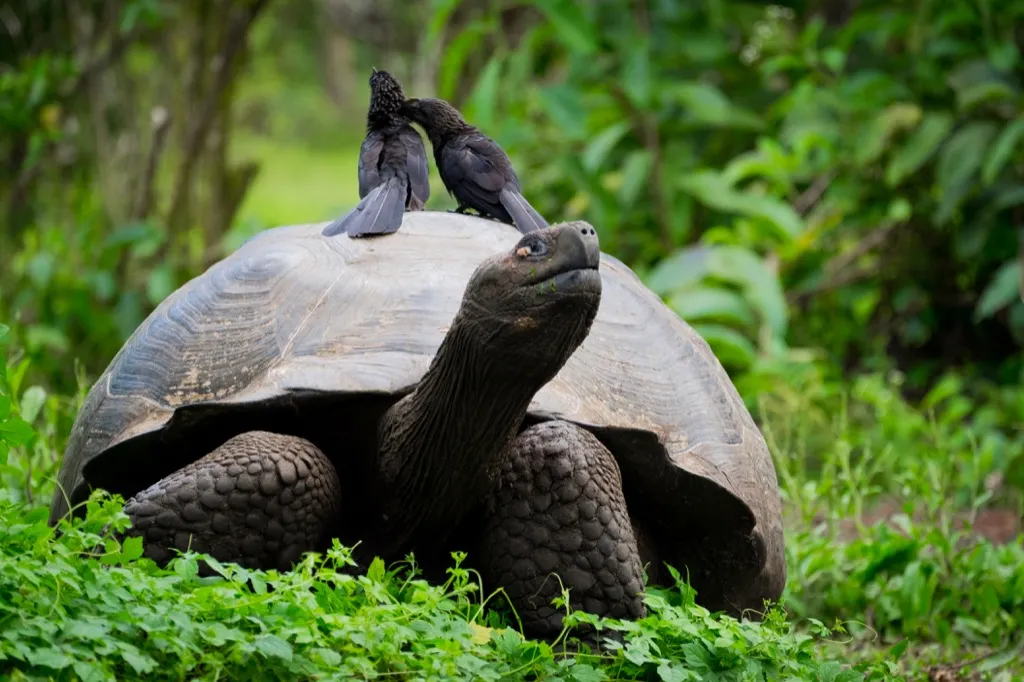
You know what they say: slow and steady wins the race—of life, apparently. While there are multiple variations in stature and striping, from the Galapagos giant tortoise to the critically endangered radiated tortoise, the basic structure of these ambling, easygoing reptiles hasn’t diverted much from what their ancestors looked like about 200 million years ago. And to learn more about how one species of tortoise was rescued from being on the verge of total elimination, check out the 15 Animal Species Miraculously Saved From Extinction.
16
Sturgeon
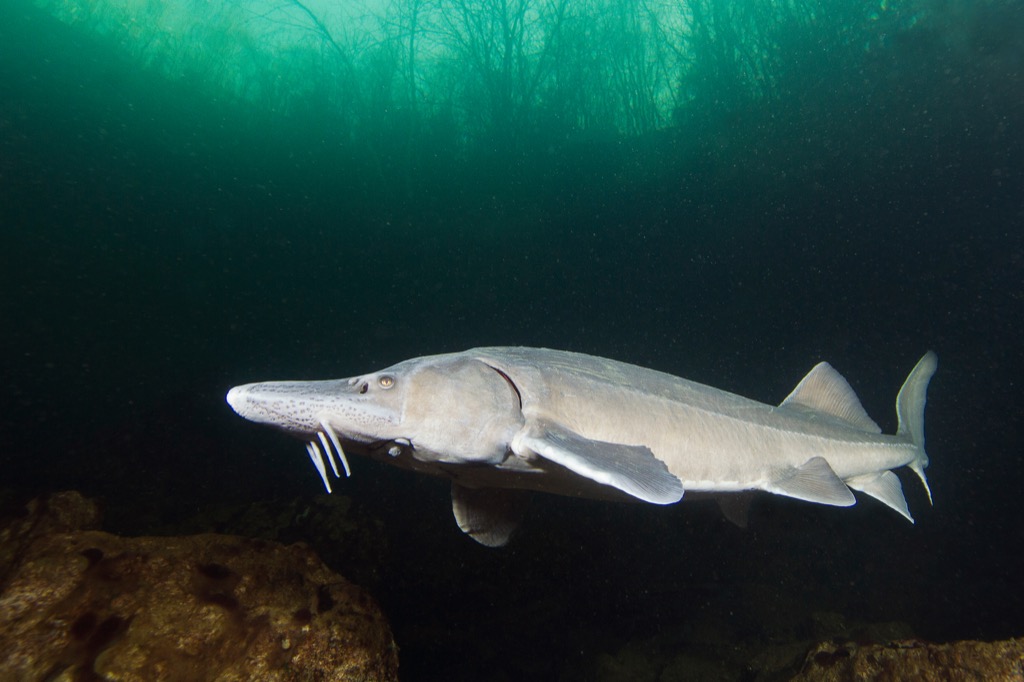
A lengthy fish that can potentially weigh up to 1,000 pounds, the sturgeon gives off a bit of a stern appearance with its whisker-resembling barbels, which it uses to feel and sniff out its food. Considered to be “living dinosaurs,” these fish have remained relatively unchanged since they first swam onto the scene more than 200 million years ago—but due to overfishing, sturgeons are now in danger of extinction.
17
Tadpole Shrimp
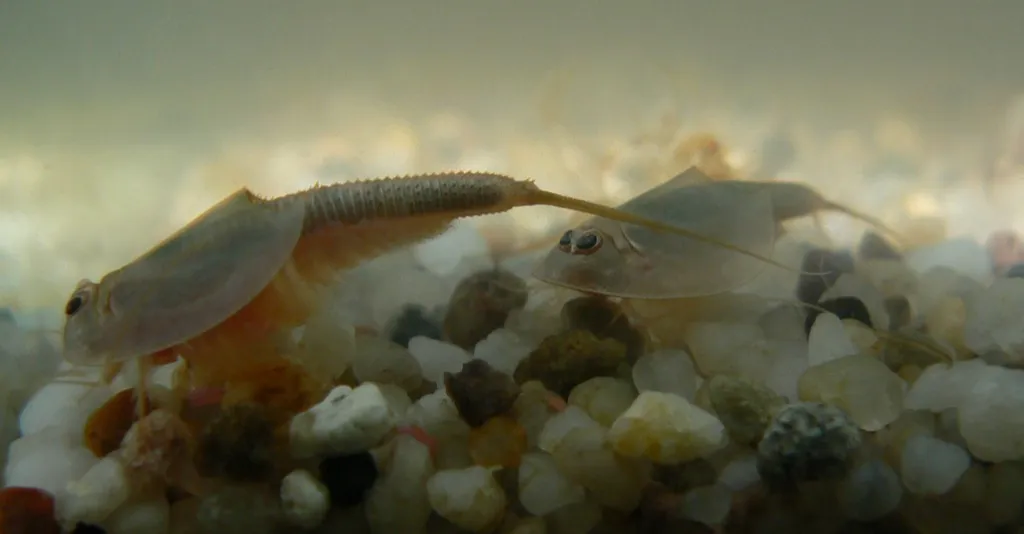
While their name can be a bit misleading, these creatures are 100 percent crustacean—their long, forked tails just make them look like amphibious tadpoles! Believed to be at least 220 million years old, tadpole shrimp have clearly existed this long due to their incredible resilience. They begin their lives in shallow pools, but by the time the pools dry up, even if it’s only been a matter of 2 or 3 weeks, the shrimp have already matured and laid their next batch of eggs, which can go years without hatching.
18
Horseshoe Shrimp
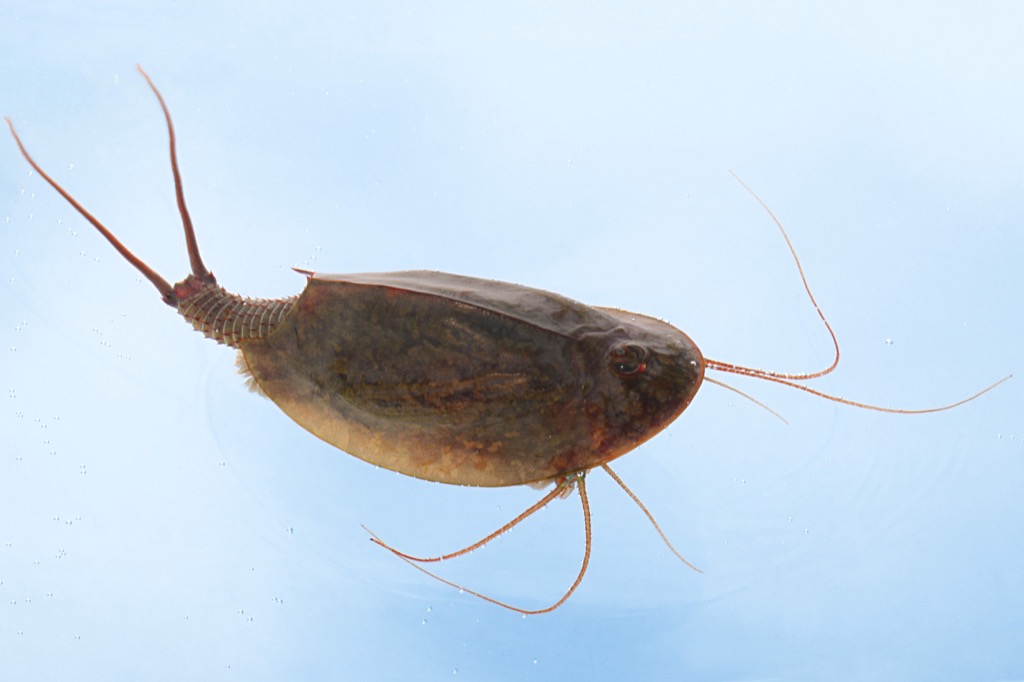
Rumored to have been swimming around while the dinosaurs were still evolving, 250 million years ago, horseshoe shrimp are believed to be the oldest species of shrimp in existence. These tiny crustaceans, which only grow to be about 4 millimeters long, almost look like miniature models of the horseshoe crab.
19
Cockroach

Cockroaches have been scuttling across the earth since the dinosaurs were around, 250 million years ago, proving the belief that cockroaches really, really never die. The good news? They’re magnitudes less frightening these days than they were back in the Mesozoic era, where they’re believed to have been able to fly for lengthy periods of time.
20
Lamprey
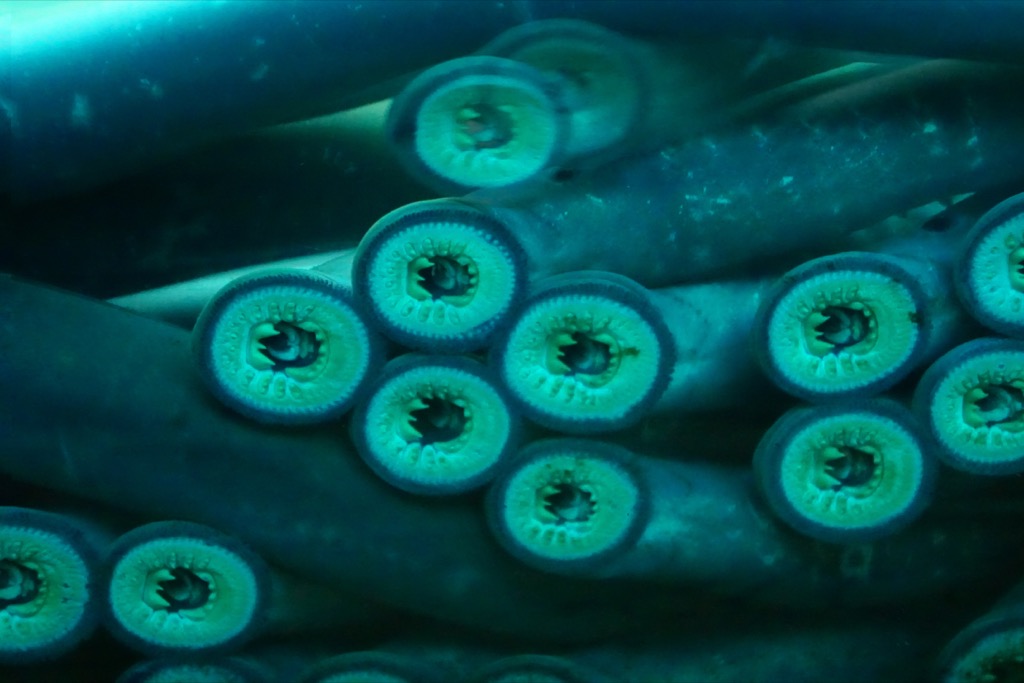
Possessing an objectively terrifying mouth, featuring layer upon layer of razor-sharp, pointed teeth, matched with an incongruously beautiful pair of blue eyes, the eel-like lamprey is a shiver-inducing creature. These flesh-eating, blood-sucking creatures are thought to have been slithering through the ocean for over 360 million years. And for nightmares straight out of the seven seas, learn the 20 Bizarre Sea Creatures That Look Like They’re Not Real.
21
Coelacanth
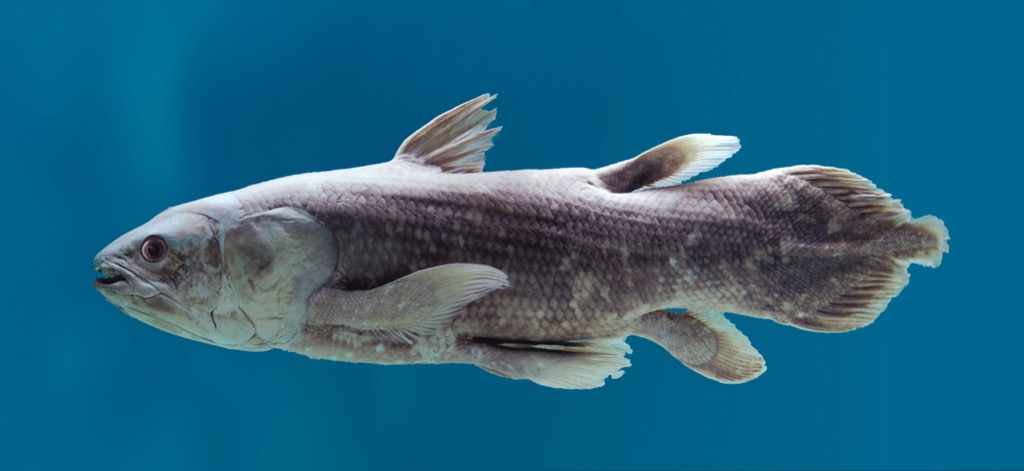
For centuries, paleontologists believed that the coelacanth—a lobe-finned fish with astonishingly close genetic ties to humans—was an extinct species, having “disappeared” 66 million years ago with the dinosaurs. However, a living coelacanth was identified in 1938 on a dock in South Africa, and the 400-million-year-old fish has been back on the list of oldest-living species ever since.
22
Elephant Shark
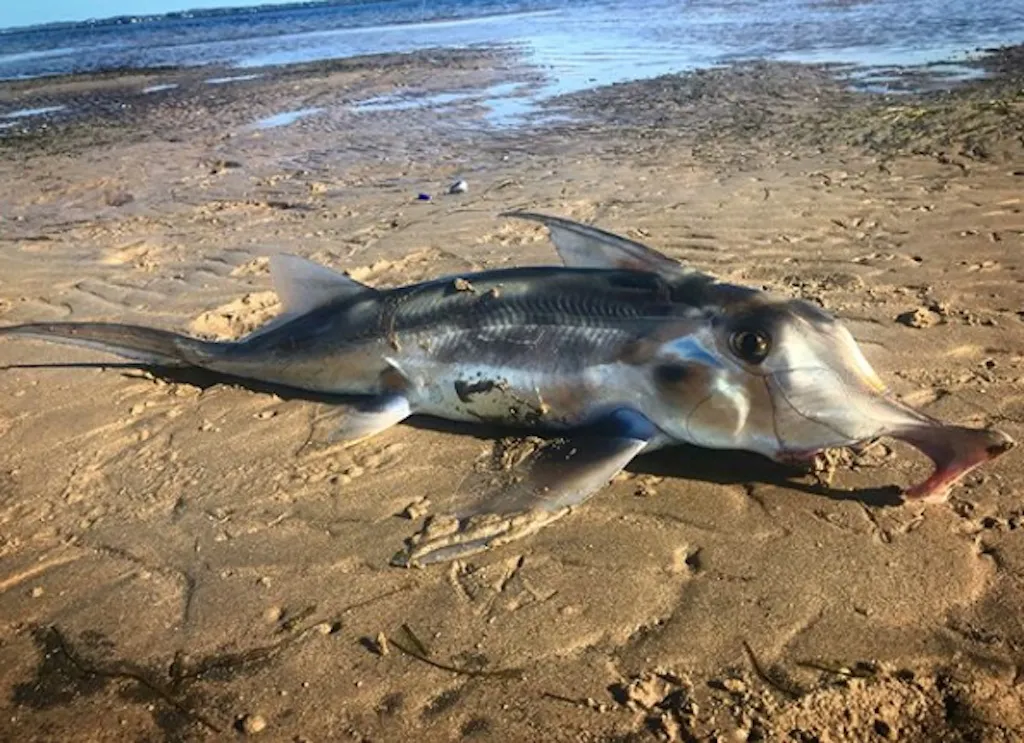
The elephant shark, or C. milii, is actually not a shark at all, but a member of the group known as ratfish that separated from sharks nearly 400 million years ago. Today, the elephant shark’s genome is the closest to that of the first jawed vertebrate—and if you look at this ratfish’s outward appearance, it’s not hard to see how it’s barely evolved in its 400 million years.
23
Horseshoe Crab

Anyone who grew up near a body of water will immediately recognize the horseshoe crab. At 450 million years old, this arthropod is older than any dinosaur would be, so it’s no surprise that scientists consider it to be a living fossil. And to find out which state makes a habit out of watching these creatures spawn every summer, don’t miss The Weirdest Summer Tradition in Every State.
24
Jellyfish
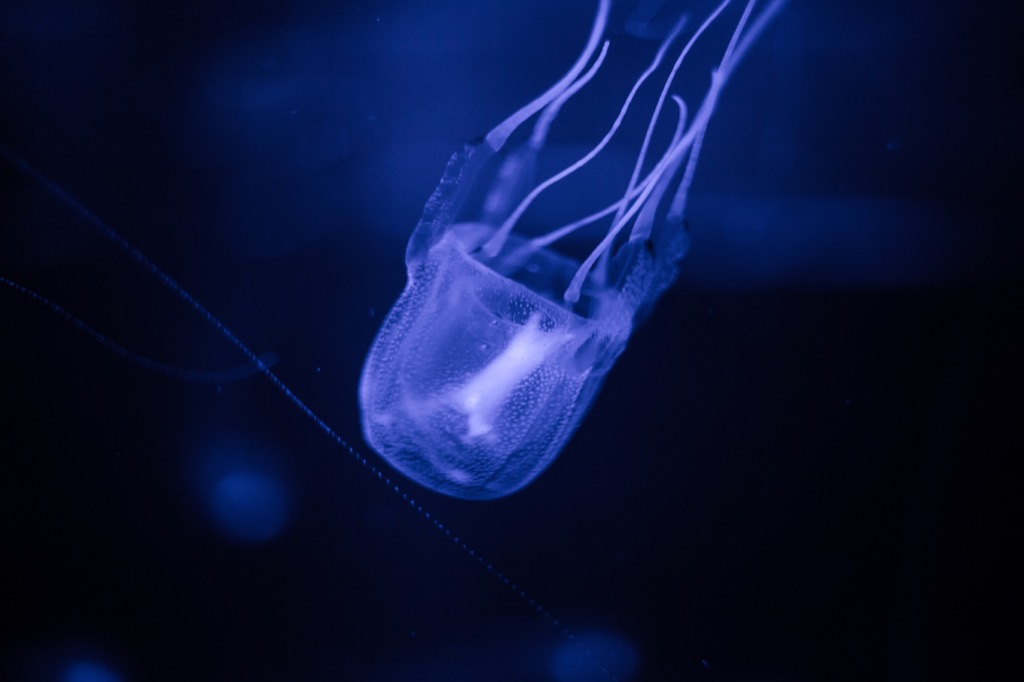
These gelatinous seafarers have existed for over 500 million years—all without brains, bones, or hearts. And though a certain sitcom may have popularized the “pee on it” solution, in the event you’re stung by one of these relics, according to Hakai magazine, you should not immediately react as such. Since the chemical composition of everyone’s urine varies, depending on factors like the person’s level of hydration, the best that urinating on a sting can do is to simply have a neutralizing effect. And for more frights from the depths, 30 Reasons Why the Ocean Is Scarier Than Space.
25
Nautilus

Another species, like the horseshoe crab, that can lay claim to the title of “living fossil,” the nautilus is a cephalopod, which means it lacks a backbone but has tentacles. Remaining relatively unchanged for more 500 million years, these creatures are known for their coiled shells, which actually inspired the inventor of one of the first submarines to coin his then-new sea-roving invention “Nautilus,” a vessel name that was popularized by Jules Verne’s Twenty Thousand Leagues Under the Sea.
26
Velvet Worm
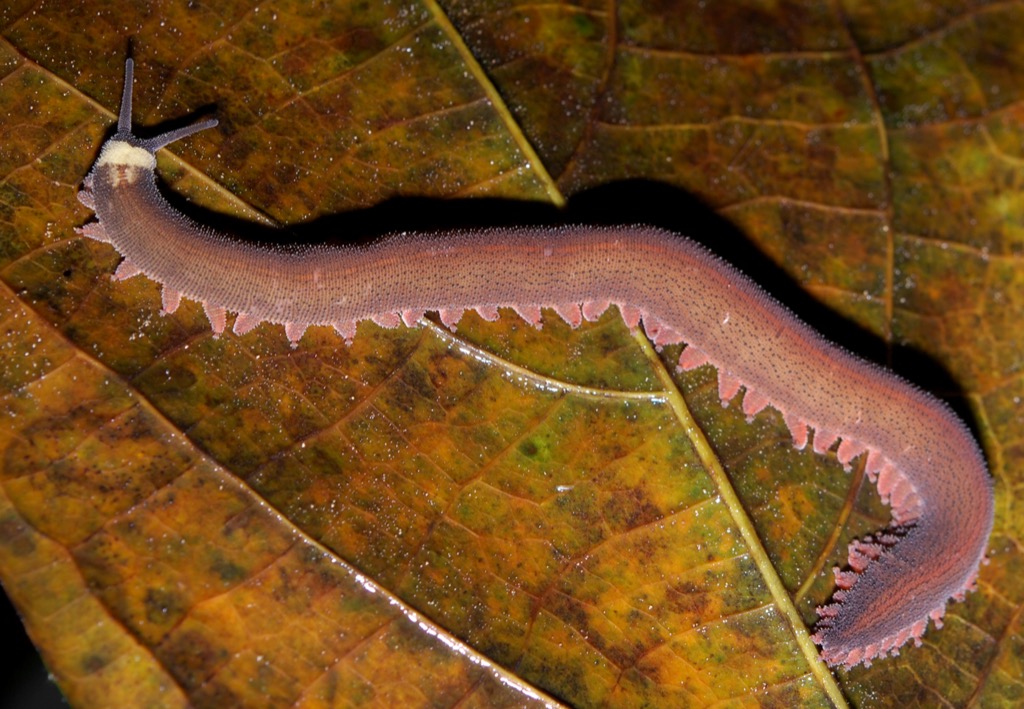
Reputed to be at least 500 million years old, velvet worms are characterized by, as the name implies, their velveteen, waterproof exterior. This close relative of the tardigrades (better known as water bears) preys on smaller invertebrates, issuing a sticky slime to ensnare its prey.
27
Brachiopod
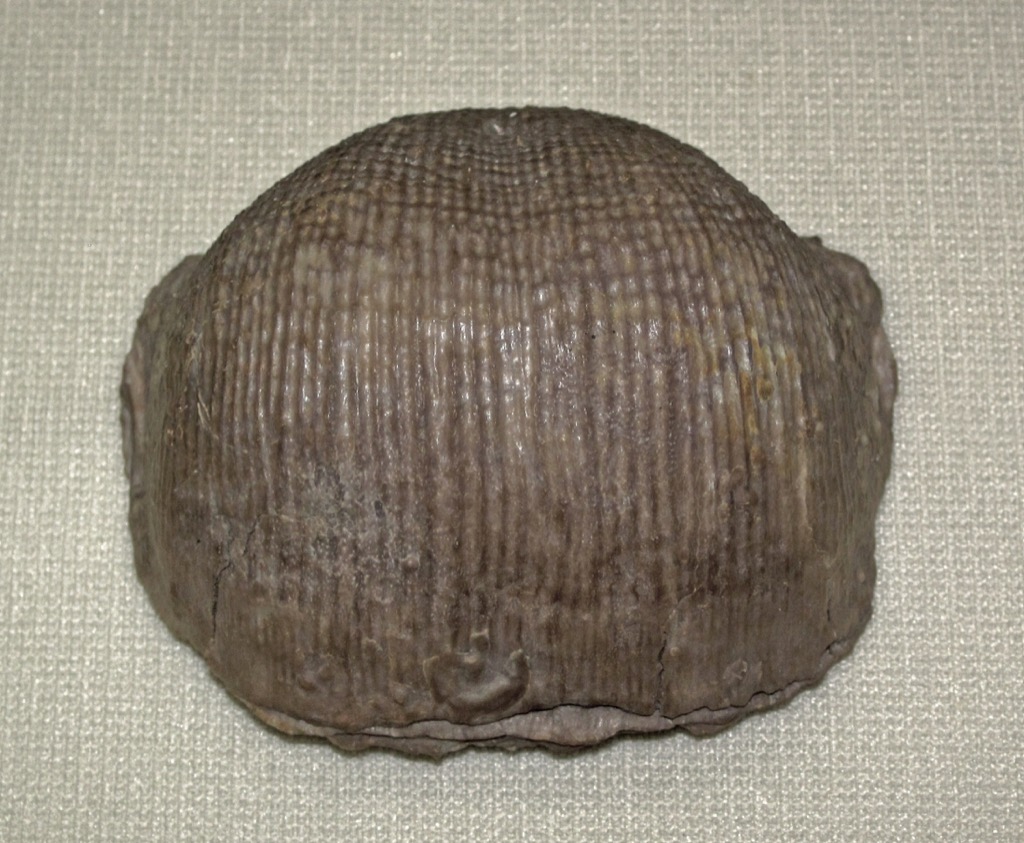
We wouldn’t blame you if you confused a brachiopod with a clam—the resemblance is definitely there. But the truth is that these 500 million-year-old marine animals are distinctively unique. This is partially due to their internal structure that looks remarkably like a foot, but is used for feeding and respiration instead of mobility.
28
Sea Sponge
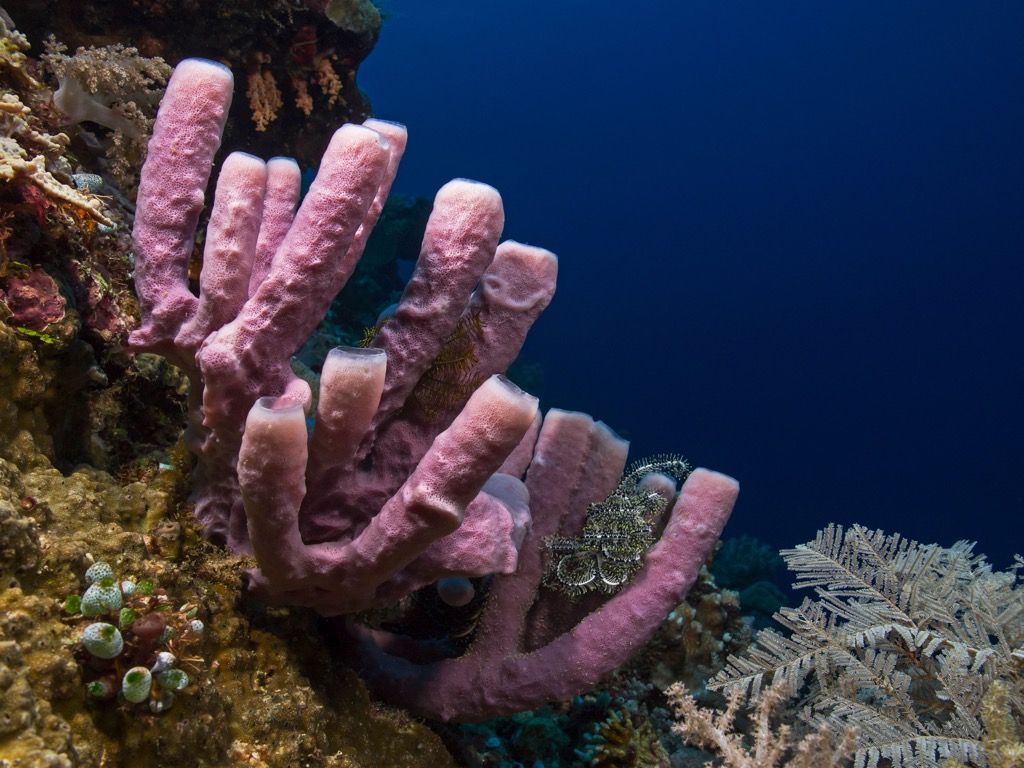
Some claim that these simple, unassuming animals (that yes, similar to your kitchen sponge, have porous exteriors that soak up water in order to filter-feed), were actually the very first animals on Earth. While that claim might be a little difficult to substantiate, sea sponges are at least 500 million years old, and there’s even evidence, published in Aging Research Reviews, that a single individual member of the sponge family lived to be upwards of 11,000 years old.
29
Ctenophora
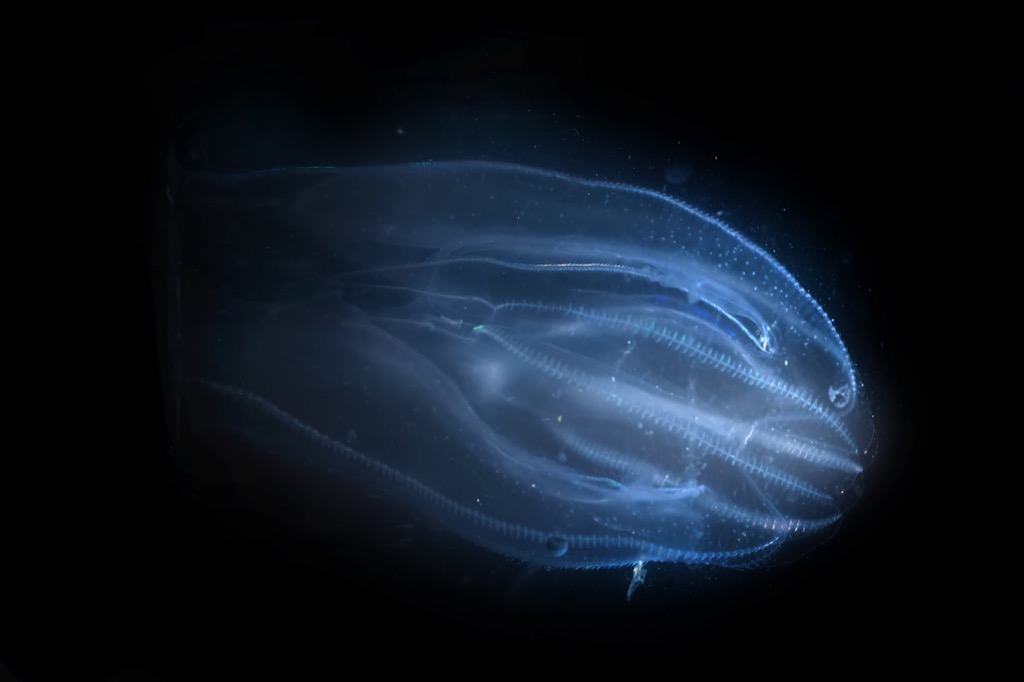
Not to be confused with their cousins, the jellyfish, ctenophora (colloquially: comb jellies) are another variation of sea creature believed to hail from the dawn of time; in fact, some scientists estimates they’ve been roaming the seven seas for a whopping 525 million years. The most important difference? Comb jellies don’t have stinging tentacles. They use their “combs,” or tiny hairs running up and down the iridescent color bands that stripe their transparent, gelatinous bodies, to help them float around at the ocean’s surface.
30
Cyanobacteria
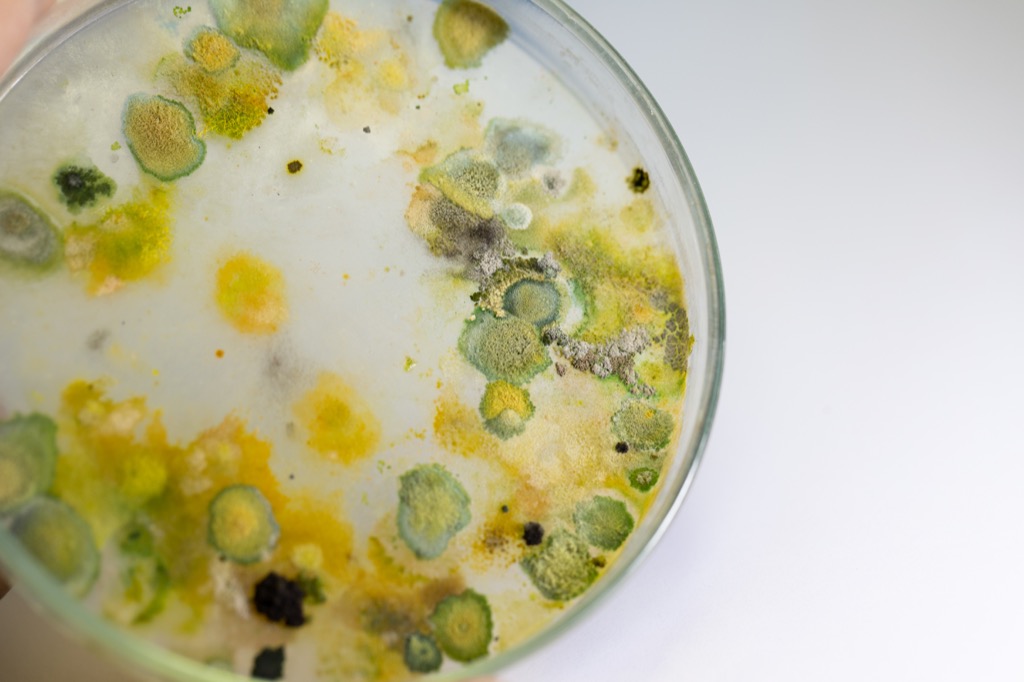
While most of these little fellas aren’t particularly cute and cuddly, cyanobacteria might just be the least adorable of the lot. These photosynthesizing, unicellular organisms are thought by some scientists to be at least 3.5 billion years old.
To discover more amazing secrets about living your best life, click here to sign up for our FREE daily newsletter!